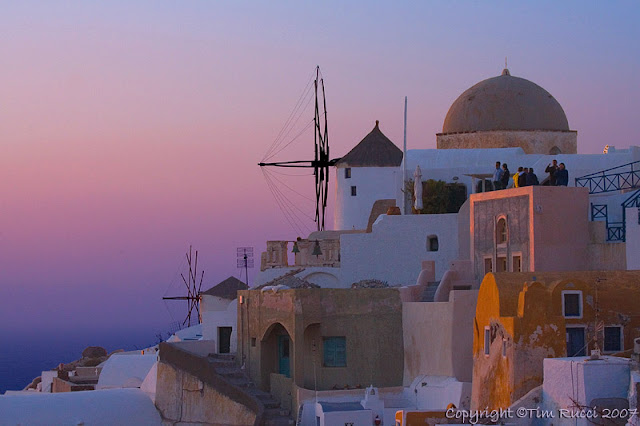
I started this blog to document my photography activities. I plan to use this space to share my thoughts as I set out to perserve the memories of places I have traveled, events I have witnessed, and wonders of nature I have had the privilege to witness first hand.From time to time I may also go back and revisit some events of the last few years, but generally I will write about my current activites, so that will become the main focus going forward.
I have made many friends while traveling around with the camera, and I expect that some of them will also be referenced here from time to time, as I credit them for lot of my development in photography. And I also enjoy helping others with their cameras and also with photography questions when I am able.
My story begins back in the film days....
I bought my first SLR camera, a Canon AE-1 Program, when I was around 18 years old. What fascinated me immediately was the ability to control depth of field using different aperture settings, so that one could make the subject stand out from a blurred background and almost seem to jump off the page in the prints. Exploring different settings in that first camera, and using them to control the effects in the photo, are probably what got me hooked on photography. I had that camera for around 30 years, and I used it until I finally broke the film winder one year while on vacation. I still used it a few more days, and intermittently after that, but had to carefully hold the tiny crank in place in order to rewind the film at the end of a roll.
Soon I was looking at new cameras, but decided that it was time to switch to digital. The cost of digital SLRs at that time was still pretty high, with a decent body costing around $4000 or more. Even if I thought I wanted to do that, I knew there was one person I would have to convince first, so I decided to wait until the prices came down a bit. My wife got me a nice 35mm point and shoot film camera for Christmas that year, that helped bridge the gap until I would switch to digital.
I finally purchased my first DLSR, a Canon 10d, on April 13, 2003. The only reason I remember the date is that digital cameras conveniently record the date along with a lot of other useful data, with each shot.
Starting out in digital was a major breakthrough for me. The benefit of being able to instantly see results and make adjustments, is the one thing that makes it so much easier to learn today than it ever was with film. In the old (film) days, I remember one of my biggest disappointments was taking some pictures from a cruise ship entering the harbour in Copenhagen, Denmark, only to get the film developed later and and realize that the exposure or some other element was not correct. When you mess up today, you simply make adjustments and retake the shot.
I wore out the Canon 10d over the course of about 3 years, and upgraded to a Canon 1D Mark2-N in March 2006. The Mark-2N is my dream camera, with far more features and more control than the 10d, plus it has dual microprocessors which provide for lightning-fast focusing, and also better picture quality. This was Canon's top of the line professional sports camera at the time, and is capable of firing 8.5 frames per second. The biggest difference I first noticed was the ability of the camera to track a moving subject, such as a flying bird, and keep it in focus. I had long been frustrated by trying to capture images such as this with the 10d, because it simply could not focus fast enough on a moving subject.
This photo of a wood stork in flight was captured on my 2nd day with the Mk2N.

In addition to nature subjects, I also enjoy sports photography. I especially like baseball, and I have shot for the University of North Florida for the last couple years, and have supplied their sports information director with images from some of the games. They like to use them on the university website.
I started out shooting JPG format, but switched totally to RAW about 2 years ago. It is the greater latitude for editing raw that finally convinced me. It's also possible to make batch edits to a whole group of photos in raw, and that can be a real time saver. Raw files take up about 2 1/2 times as much space on the memory card and hard drive as jpg files, but it's well worth it, especially since memory prices have dropped so much. When I think back I wish I had used raw from the beginning, because it would have allowed me to go back now and do some fixes to some early images that I shot as jpgs.
